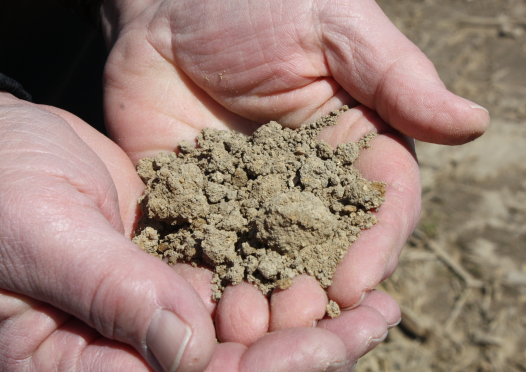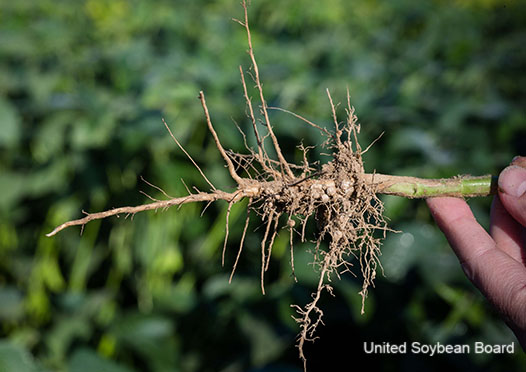ILSOYADVISOR POST
Weed Management: Weed Resistance Strategies
There are several important topics on farmers’ minds today including how to remain profitable during an era of low crop prices, how to farm and pay attention to the new nutrient loss reduction strategies and still optimize yield, and how to fight the battle with weed resistance and win when the enemy seems to be piling up all around you.
If you already haven’t made your resolutions, you might add paying more attention to managing weed resistance in 2015. Learning to master weed resistance will make controlling weeds easier in all your fields in the future. But it takes commitment, effort and surveillance to win the battle, keep fields clear and prevent resistance from spreading to other fields or worsening in individual fields.
Weed resistance is nothing new and has been around for a couple decades now. To make the case “There are currently 437 unique cases (species x site of action) of herbicide-resistant weeds globally, with 238 species (138 dicots and 100 monocots). Weeds have evolved resistance to 22 of the 25 known herbicide sites of action and to 155 different herbicides. Herbicide-resistant weeds have been reported in 84 crops in 65 countries,” stated by the International Survey of Herbicide Resistant Weeds website (http://www.weedscience.org/summary/home.aspx).
Resistance was a relatively small management challenge before the introduction of glyphosate. However, when the Roundup Ready trait became available in the mid-90s and glyphosate was used as a primary means of weed control, concern about resistance and weed control faded, but reprieve was short-lived. The overdependence on glyphosate for a decade from 1995 to 2005 created a lot of selection pressure, and eventually some populations appeared that were resistant to glyphosate. For corn and soybeans, it first seemed to appear in marestail in the eastern Corn Belt; however, it didn’t take too many years for it to spread across nearly every state in the Corn Belt and practically every county in those states.
Of course now we can add additional weeds to that, including Palmer amaranth and waterhemp and probably soon the ragweed species (glyphosate resistant ragweed are in other states). But to make matters worse there are biotypes that are resistant to two, three, four or more modes of action. For example in 2009 there was a biotype of waterhemp resistant to ALS inhibitors (B/2), Photosystem II inhibitors (C1/5), PPO inhibitors (E/14) and EPSP synthase inhibitors (G/9) in Illinois.
What we can conclude is that weed resistance is here to stay, is expanding to more species and control is becoming more complex with resistance to multiple sites of action. At the same time there are no new herbicide chemistries or modes of action coming to market, making weed control even more challenging.
Managing weed resistance is like controlling weeds before the introduction of Roundup Ready soybeans nearly 20 years ago, where it took more work. Use good agronomy so the soybeans out compete weeds. Control weeds at multiple times including fall annual weed control, spring burndown, residual pre-emergence and a combination postherbicide mix. Learn to use herbicides with multiple modes of action each season and rotate modes of action as you rotate crops.
Sure, combatting weed resistance is challenging and we never know what problem weed is just around the corner. But the tools are available, just find the ones that work for you and be both persistent and resilient in your efforts.
Let us know in our forums how you approach managing weed resistance in soybeans or in your corn and soybean rotation and what challenges you face.
Agronomist Dr. Daniel Davidson posts blogs on agronomy-related topics. Feel free to contact him at djdavidson@agwrite.com or ring 309-533-8085.





Comments
Add new comment